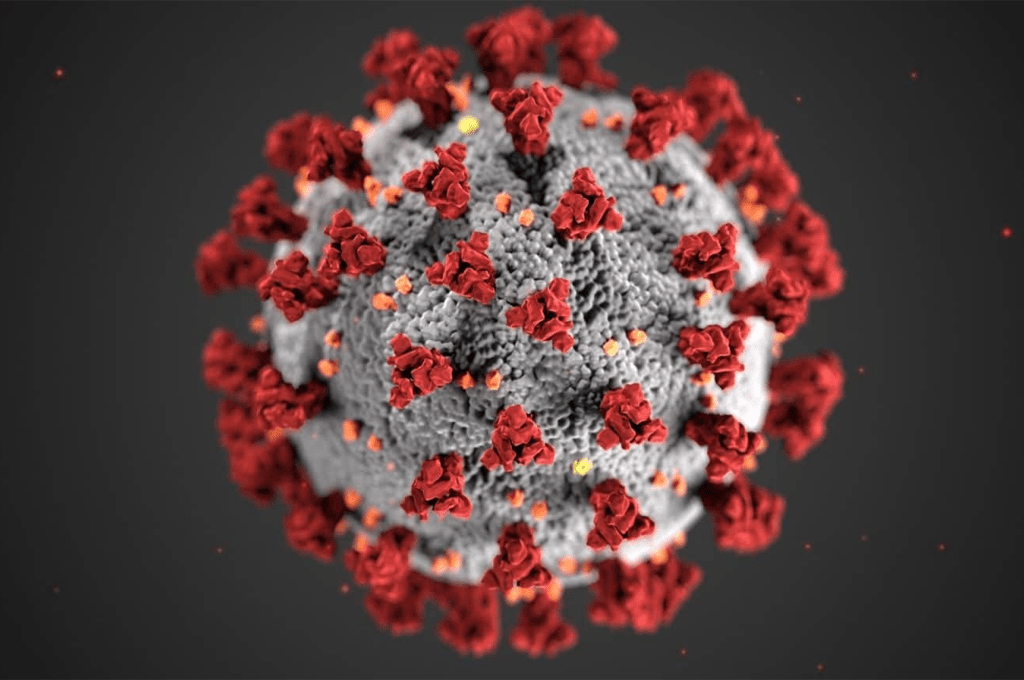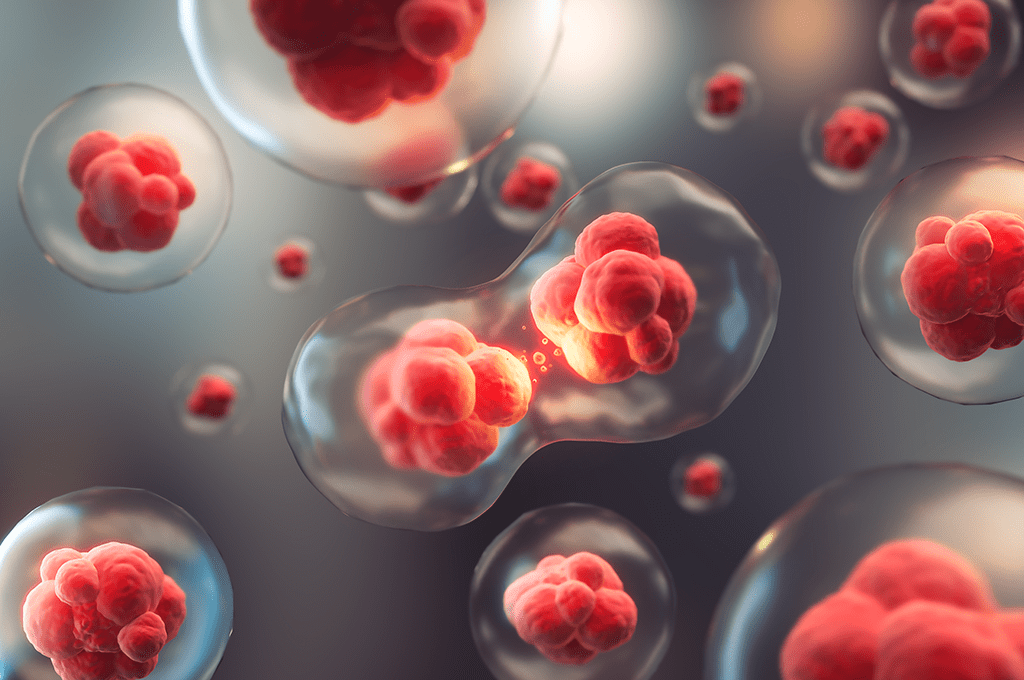The difference between expectations and reality is key to learning
Neir Eshel, psychiatry resident at Stanford University, has discovered how interactions between brain neurons make us able to predict the consequence of a certain behavior. For these findings he has now been named Grand Prize Winner of Science & SciLifeLab Prize for Young Scientists.
Eshel is particularly excited about the possible implications for his patients, particularly those affected by addiction, a disease he sees every day in the emergency rooms and hospital wards.
“Addiction has been conceptualized as a disorder in which the dopamine prediction error system is hijacked, so that drugs of abuse always appear better than expected,” said Neir Eshel. “Now that we know more about how dopamine neurons calculate prediction error, we can better target our therapies.”
Category winner with Swedish connection
Science & SciLifeLab Prize for Young Scientists is awarded yearly aims to acknowledge young researchers at the beginning of their career. The prize of 30 000 USD to the Grand Prizewinner and 10 000 USD each to three category winners, was established by SciLifeLab together with the scientific journal Science. To qualify as applicant for the prize, you should have finished your PhD studies within the last two years and the application is made by writing a popular science essay about your research, which is judged by an independent editorial team organized by Science. Essays are judged on the quality of research and the applicants’ ability to articulate how their work would contribute to the scientific field.
In 2016 the number of applicants was larger than ever since the start of the prize in 2013. For the first time ever one of the winners also has a connection to Sweden: David Seekell, category winner in Ecology and Environment, who is Assistant Professor at Umeå University and who also was named Wallenberg Academy Fellow in 2015
“SciLifeLab is very happy to note that there were more applications for the prize in 2016 compared to previous years and also that the geographical spread was bigger,” said Lena Claesson-Welsh, Co-Director of SciLifeLab. “The prize is clearly becoming established as a very prestigious award for young scientists. We look forward very much to hosting the winners of 2016 and welcome them to Sweden to receive the awards for their great achievements.”
Published in Science
Grand Prizewinner Neir Eshel and his colleagues wanted to investigate how learning is facilitated in our brains. It had already been shown that we learn things by comparing the result of an action with how we guessed it should be before we performed the action. Then, we calculate our next action based on the information. The signal substance dopamine is essential in this process. The neurons that signal with dopamine actually have a unique ability to calculate the difference between the reward we expect with the one we receive in reality. Until now it has not been unknown how the neurons perform this calculation.
By controlling the neurons with optogenetics in mice, Neir Eshel studied how the dopamine neurons interact with another type of neuron: GABA-neurons. The mice got to perform simple learning tasks and the researchers could see that when the GABA-neurons were stimulated, the dopamine-neurons reacted to unexpected rewards as if they were expected. The team trained the mice to expect a certain reward and then increased the mice’s expectations by stimulating the GABA-neurons. After several trials where the mice expected a higher reward than they received, they gave up and stopped expecting a reward at all.
It is these findings that Neir Eshel describes in his essay ”Trial and error” in the prize category Cell and Molecular Biology for which he is now awarded Science & SciLifeLab Prize for Young Scientists Grand Prize. The essay was published din Science on December 2, 2016.
Ceremony in Nobels’ footsteps
In addition to the Grand Prize three category winners are also awarded within three areas: Ecology and Environment, Genomics and Proteomics and Translational Medicine. The category winners essays are published in Science online and they also receive 10 000 USD each.
The four winners are awarded their prize on December 9 during a ceremony and dinner in the Hall of Mirrors at Grand Hôtel in Stockholm, where the first Nobel Prize award ceremony was held in 1901. The Science & SciLifeLab Prize for Young Scientists is made possible through the kind support of the Knut and Alice Wallenberg foundation.
Winners 2016
Grand Prizewinner:
Neir Eshel, psychiatry resident at Stanford University, California, US, for his essay “Trial and error” in the category Cell and Molecular Biology
Catagory Prize Winners:
Sam Behjati, researcher at Cancer Genome Project of the Sanger Institute, UK, for his essay “Retracing embryological fate” in the category Genomics and Proteomics
Canan Dagdeviren, Assistant Professor at MIT Media Lab, Cambridge, US, starting in Januari 2017, for her essay “The future of bionic dynamos” in the category Translational Medicine.
David Seekell, Assistant Professor at Umeå Universitet and Wallenberg Academy Fellow 2015, for his essay: “Passing the point of no return” in the category Ecology and Environment
More information about the prize: http://scienceprize.scilifelab.se/




